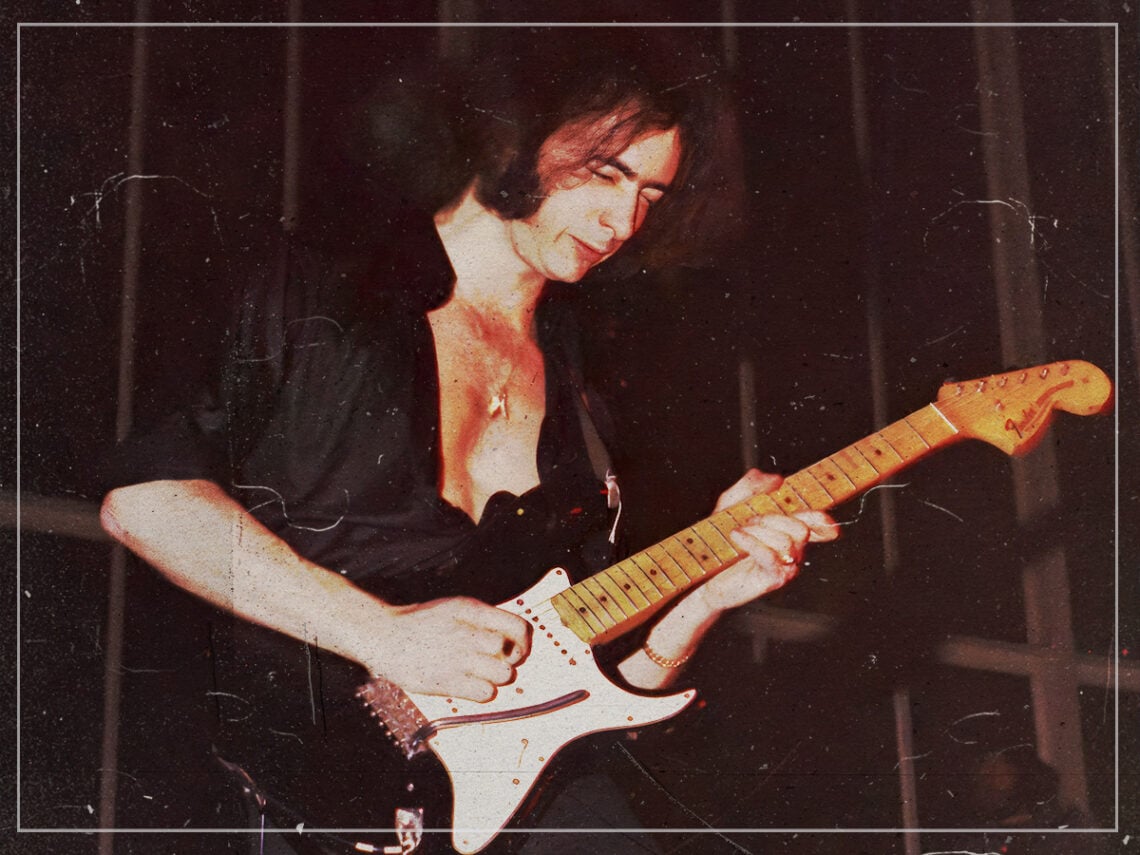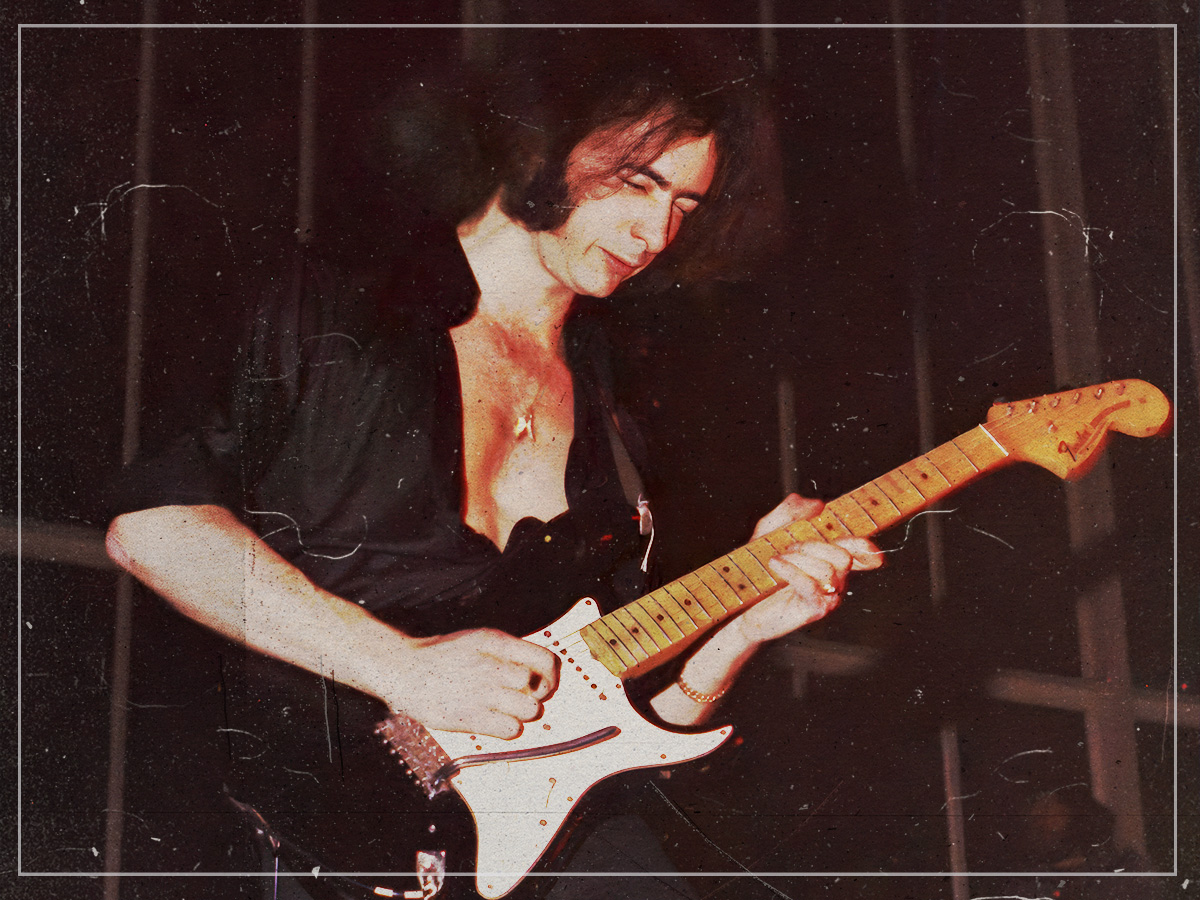
(Credits: Far Out / Gladstone~dewiki)
Tue 18 November 2025 21:17, UK
Some bands are connected by a single mission to create music and become heroes. Others simply turn on each other and devour one another. There’s a good chance that the classic lineup of Deep Purple wouldn’t exist if not for the conflict.
Even though the band could play circles around most of the British music scene at the time, their knack for outstanding licks was only matched by their various lineup changes, resulting in multiple incarnations of the group throughout their tenure.
Ritchie Blackmore may have been transparent about what he liked and hated, and he considered one era of the outfit among his least favourite to work on. Every musician has a nadir they would rather forget, and Blackmore has one legendary section of Deep Purple’s career he would chuck away.
Before the band had found tremendous success, the first lineup they ever assembled resulted in them sounding like a completely different group. Fronted by Rod Evans and original bassist Nick Simper, the outfit’s first four albums saw them trying to make the same jam band music that came from their American counterparts, Vanilla Fudge. While Blackmore could play that kind of music forever, he knew he wouldn’t be satisfied with the new lineup for long.
After hearing the sounds of Led Zeppelin, Blackmore wanted a fresh take on the band, firing Simper and Evans and bringing in Roger Glover on bass and Ian Gillan on vocals. Even though the relationship between Gillan and Blackmore would be famously volatile throughout the 1970s, their creative chemistry resulted in the band’s first era of classic material, including the massive anthem, ‘Smoke on the Water’.
 Ritchie Blackmore in 1982. (Credits: Far Out / Joan Sorolla)
Ritchie Blackmore in 1982. (Credits: Far Out / Joan Sorolla)
By the time the band reached Who Do You Think We Are, it was clear that they needed a reset, with Glover and Gillan leaving and being replaced by Glenn Hughes and David Coverdale. While Coverdale would bring a bluesy element on his debut with the group Burn, Stormbringer saw the band trading in many of their rock and roll credentials for something closer to fusion.
Featuring various abstract song ideas, Blackmore started to get dissatisfied with the group again, later quitting the band to form his own outfit, Rainbow. Even though Blackmore was free to do what he wanted, that didn’t mean he still loathed the previous albums he had worked on.
When talking about the first incarnation of Rainbow, bassist Jimmy Bain remembered how hostile Blackmore was when he first met him, telling Metal Evolution, “I made the bad move of coming into rehearsal wearing a Stormbringer T-shirt, and Ritchie took it and threw it out the window. He didn’t care much for that era of Purple at all.”
Blackmore is allowed to be disappointed in his music, and the idea of being disturbed by a simple t-shirt would suggest that Stormbringer is a particularly dark moment for the legendary guitarist.
Enlisting Ronnie James Dio behind the microphone, Blackmore envisioned making music that went further back than the traditional blues legends. With Dio’s fanciful way of writing, albums like Rising and Long Live Rock and Roll took on themes ripped out of medieval times, including Blackmore writing emotional guitar pieces on songs like ‘Stargazer’.
However, it wouldn’t be long before Blackmore returned to the fold with Deep Purple, eventually reuniting with Gillan and Glover for the comeback album Perfect Strangers. While Blackmore would continue to follow his muse for the rest of his career, Stormbringer was the moment when he couldn’t take the musical compromises anymore.
Related Topics
